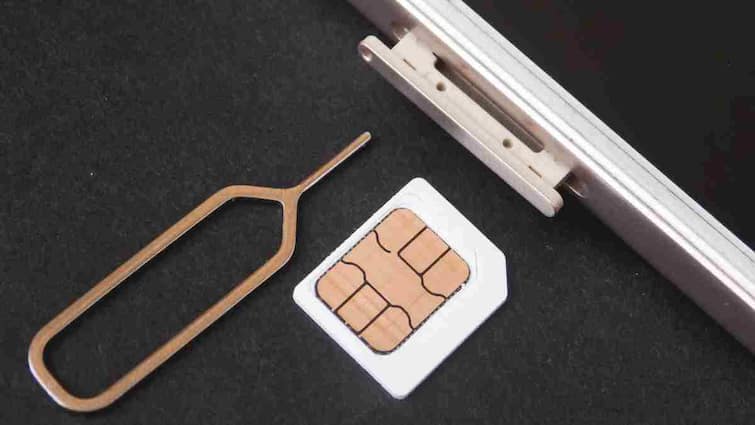A new kind of scam is spreading across India, and it’s targeting people who use eSIMs. These digital SIMs, stored inside your phone instead of a physical card, are meant to make life easier. But for cybercriminals, they’ve opened a new door to fraud. In one shocking case, a victim reportedly lost Rs 4 lakh in minutes when attackers hijacked their number, intercepted OTPs, and drained their bank account. Here’s how the scam works and what you can do to stay safe.
How the eSIM Scam Works
It usually starts with a call or SMS that looks like it’s from your mobile operator. The scammer then sends a fake eSIM activation link via email or text.
If you click it, your physical SIM deactivates, your phone loses signal, and your number is instantly transferred to the attacker’s device. From that moment, every call, OTP, and SMS goes to the criminal.
With OTPs in hand, they can reset passwords, approve transactions, and empty accounts in minutes.
Why eSIMs Are Riskier
Traditional SIM swap scams also exist, but they often need in-person verification at a store. eSIM scams, however, are much faster. Fraudsters don’t need to replace a physical chip; they can hijack your number remotely.
Experts warn that even if you’ve disabled UPI or ATM services, your account is still at risk once your mobile number is taken over.
How to Protect Yourself
Authorities like the Indian Cybercrime Coordination Centre (I4C) are urging people to stay alert. Remember these simple rules:
- Never click on SIM-related links from unknown texts or emails.
- Always confirm with your operator before approving any SIM change.
- Enable bank alerts and keep an eye on sudden loss of signal; it could be a warning sign.
Staying alert is the biggest enemy of these scammers, so don’t click on any unwanted and unusual links.


)
